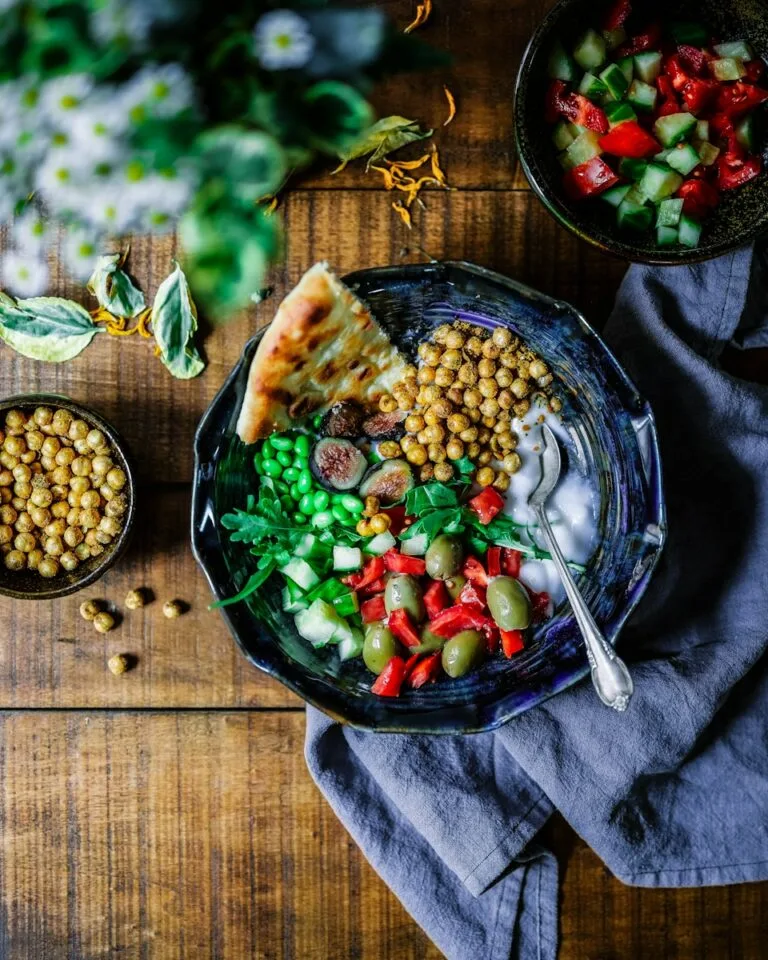Watercress: Nutrition, History and 3 Delicious Recipes to Include in Your Diet
We love our foods but we rarely look into the nutritional benefits of Watercress. Our food editor is sharing a brief history and 3 Delicious Recipes to incorporate Watercress into your diet.
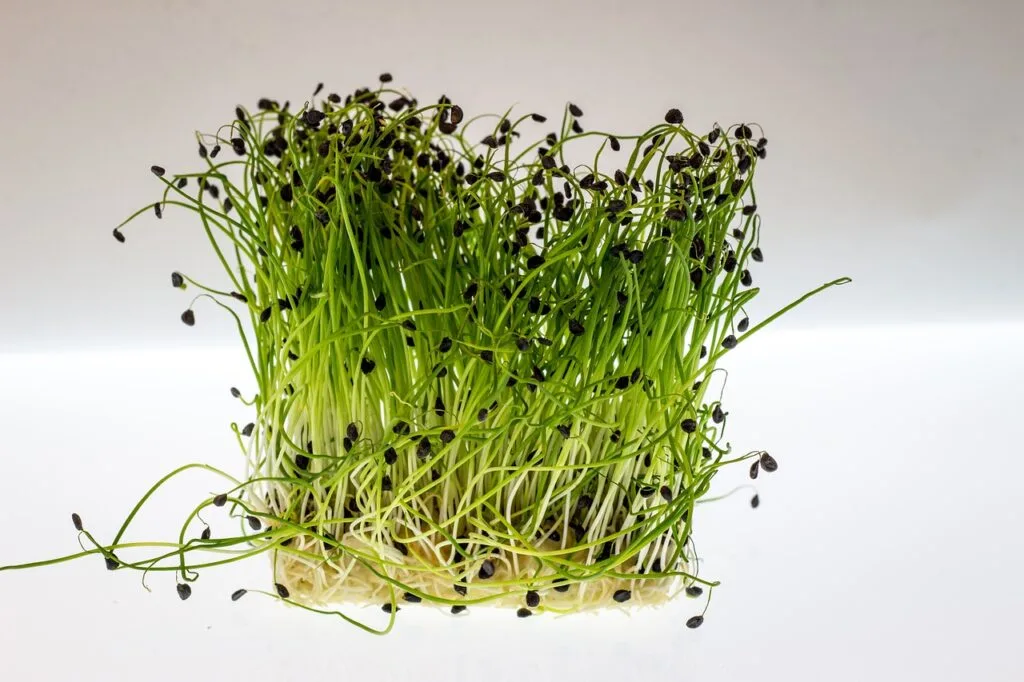
As I stood in the supermarket, scanning the endless array of foods, I felt the familiar pull between wanting to choose something healthy for my family and being overwhelmed by all the options. Kale, spinach, arugula—each green had its virtues, and they were well-known. But then my eyes landed on something simple, often overlooked: a bunch of fresh, vibrant watercress.
It wasn’t flashy. In fact, compared to the trendy superfoods that filled the shelves, it seemed almost out of place. It was just watercress—humble, delicate and sitting quietly next to its more popular foods. Yet, as I picked up the bunch, I thought about how much this unassuming green offered. Here was a food that had been eaten for centuries, renowned for its medicinal properties and packed with a complex range of health benefits that most people, myself included, often ignore.
Watercress is rich in vitamins and minerals, boasting more nutrient density than most vegetables, yet it’s rarely in the spotlight. I thought about how one cup of this leafy green could give my family over 100% of the daily recommended intake of vitamin K—a nutrient essential for bone health and heart protection. It’s a potent source of vitamin C, helping boost immunity and keep the skin glowing. And then there were the antioxidants, working quietly to reduce the risk of chronic diseases, including cancer and heart disease.
As I held that bunch of watercress, I realised how easy it is to overlook the simple things, the foods that aren’t trending but are nutritional powerhouses in their own right. I could toss watercress into salads, blend it into soups, or even make a fresh pesto. It could be a simple addition to our meals, offering complex benefits without me having to overthink it. No need for fancy powders or obscure ingredients when something as accessible as watercress could do so much.
I placed the bunch into my cart, feeling a little bit of satisfaction. Amid the noise of marketing and health trends, it was nice to know that some of the best choices for my family’s health were simple, old-fashioned, and right in front of me.
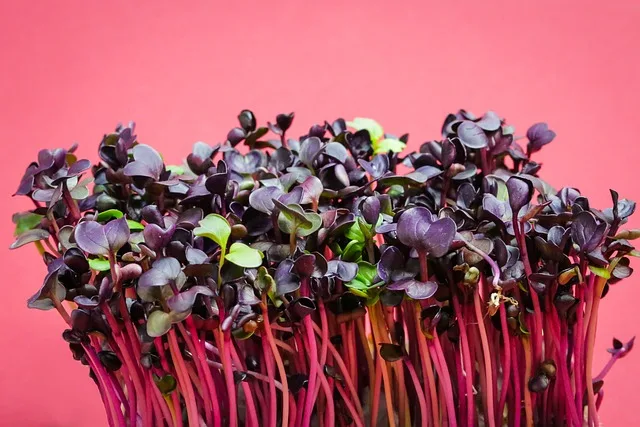
Watercress (Nasturtium officinale), often underappreciated in modern diets, has been recognized as a nutrient powerhouse that can significantly improve overall well-being.
This article will explore the benefits of watercress, its fascinating history and simple but delicious recipes to incorporate it into your diet.
Nutritional Benefits of Watercress
Watercress is one of the most nutrient-dense foods available. It is considered a superfood due to its high vitamin and mineral content in relation to its calorie count. In fact, watercress is ranked as one of the most nutrient-rich foods on the CDC’s list of “Powerhouse Fruits and Vegetables.” According to the Aggregate Nutrient Density Index (ANDI), which ranks foods based on their nutrient-to-calorie ratio, watercress scored an impressive 100, the highest score possible.
Here are some key nutritional facts about watercress:
Vitamin K: One cup of watercress provides more than 100% of the daily recommended intake of vitamin K, essential for blood clotting and bone health.
Vitamin C: A single cup offers about 20% of the daily recommended vitamin C intake, which supports the immune system, skin health, and collagen production.
Vitamin A: Watercress is rich in beta-carotene, a precursor to vitamin A, which is vital for vision, immunity, and cell growth.
Antioxidants: The plant contains numerous antioxidants, including lutein, zeaxanthin, and beta-carotene, which help combat oxidative stress and may lower the risk of chronic diseases like heart disease and cancer.
Minerals: Watercress is also a good source of calcium, magnesium, and potassium, which play key roles in bone strength, muscle function, and regulating blood pressure.
In addition, watercress contains compounds known as glucosinolates, which have been shown to have anti-cancer properties. A study published in the American Journal of Clinical Nutrition found that consuming watercress daily reduced DNA damage in blood cells, a marker linked to cancer development.
Health Benefits of Watercress
1. Boosts Immunity: Thanks to its high vitamin C content, watercress can bolster the immune system, protecting against common illnesses like colds and flu.
2. Supports Bone Health: The abundance of vitamin K in watercress aids calcium absorption and bone mineralization, reducing the risk of osteoporosis.
3. Improves Heart Health: Watercress contains dietary nitrates, which are known to help lower blood pressure and improve blood vessel function, reducing the risk of heart disease. Studies have also shown that watercress consumption can help reduce LDL cholesterol levels, further protecting cardiovascular health.
4. Aids in Digestion: Watercress is an excellent source of fiber, which promotes gut health by encouraging the growth of healthy bacteria and preventing constipation.
5. Cancer Prevention: The glucosinolates in watercress, when broken down, form compounds that have been linked to reduced cancer risk, particularly in cancers of the lung, breast, and digestive tract.
A Brief History of Watercress
Watercress has been consumed for thousands of years. It is believed to have originated in Europe and Asia, where it was often harvested in natural springs and streams. The ancient Greeks and Romans valued watercress for its medicinal properties, believing it to improve mental clarity and alleviate fatigue.
In the 19th century, watercress was often referred to as “poor man’s bread” in Britain. It was a popular snack among the working class due to its affordability and accessibility. In fact, street vendors would sell bunches of watercress wrapped in newspaper as a quick, healthy snack for urban workers. The Victorians also appreciated watercress for its health benefits, incorporating it into salads and sandwiches.
By the 20th century, watercress farming became more organized, particularly in the UK, where it was commercially cultivated in Hampshire’s natural spring waters. Today, while not as widely consumed as some other leafy greens like spinach or kale, watercress remains a favourite among chefs and health enthusiasts for its unique flavour and powerful health benefits.
3 Delicious Recipes to Incorporate Watercress Into Your Diet
Incorporating watercress into your daily meals doesn’t have to be difficult. Here are a few simple recipes to help you enjoy the benefits of this leafy green.
1. Watercress and Avocado Salad
A refreshing and nutritious salad perfect for a light lunch or dinner.
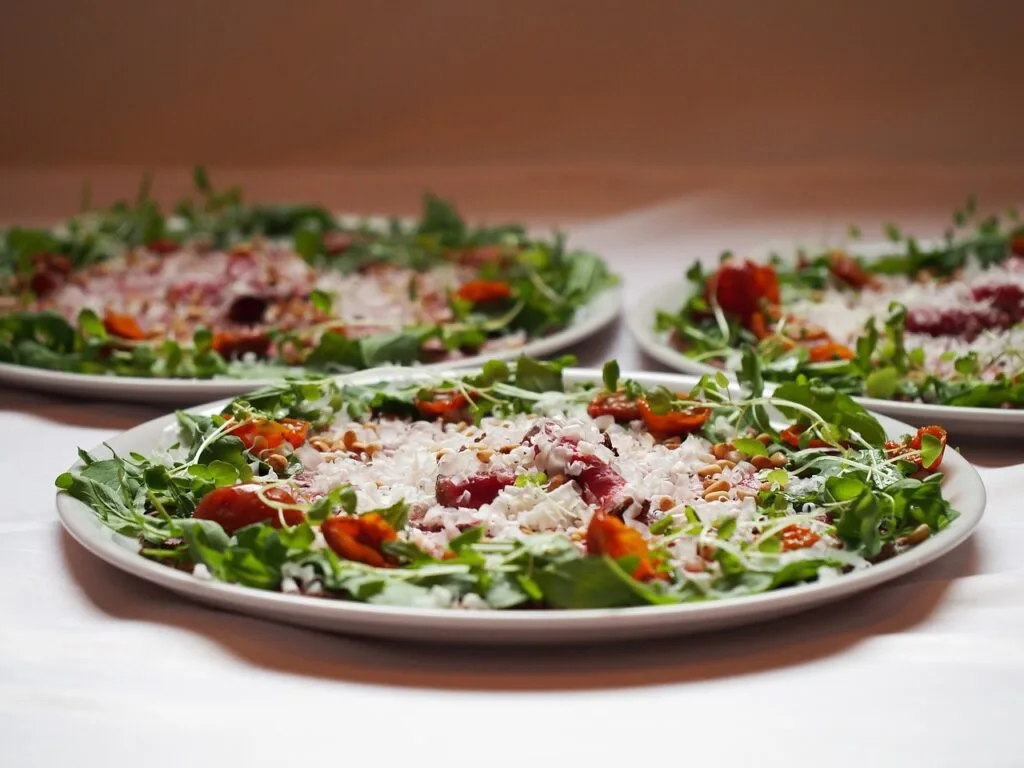
Ingredients: 2 cups fresh watercress, 1 ripe avocado, sliced,1 small cucumber, thinly sliced, 1/2 red onion, thinly sliced, 1 tbsp olive oil, 1 tbsp lemon juice, salt and pepper to taste.
Instructions: In a large bowl, combine the watercress, avocado, cucumber, and red onion. Drizzle with olive oil and lemon juice. Toss gently to combine and season with salt and pepper. Serve immediately.
2. Creamy Watercress Soup
A rich, vibrant green soup that is perfect for cooler days.
Ingredients: 2 tbsp butter or olive oil, 1 onion, chopped, 2 cloves garlic, minced, 4 cups vegetable or chicken stock, 3 cups fresh watercress, 2 medium potatoes, peeled and diced, 1/2 cup heavy cream (optional), salt and pepper to taste
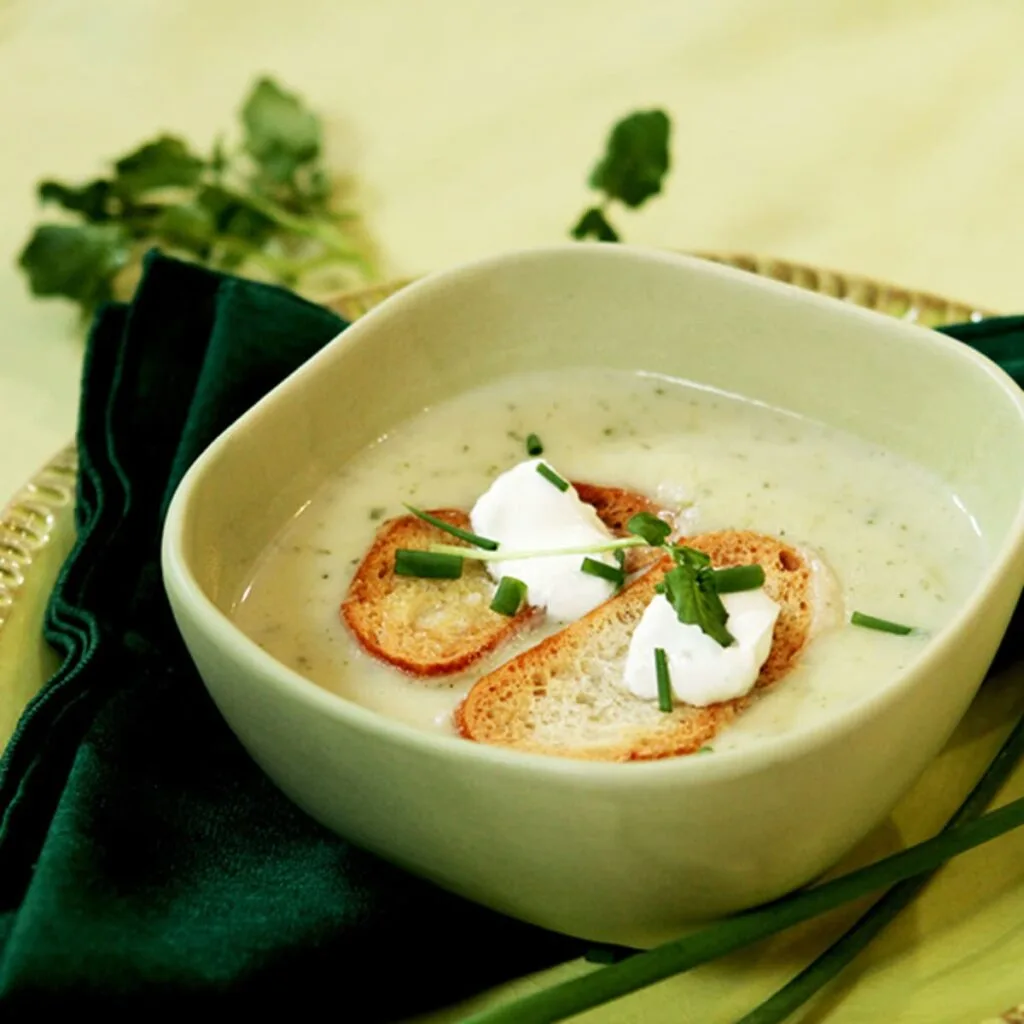
Instructions: In a large pot, heat the butter over medium heat. Add the onion and garlic, and cook until softened. Add the diced potatoes and stock, bringing the mixture to a boil. Reduce the heat and simmer for 15 minutes, or until the potatoes are tender. Add the watercress and cook for another 2-3 minutes.
Using an immersion blender, puree the soup until smooth. Stir in the cream (if using) and season with salt and pepper. Serve warm.
3. Watercress Pesto
A vibrant twist on classic pesto, perfect for pasta, sandwiches, or as a dip.
Ingredients: 2 cups fresh watercress, 1/2 cup olive oil, 1/4 cup pine nuts or walnuts,2 cloves garlic, 1/4 cup grated Parmesan cheese, salt and pepper to taste
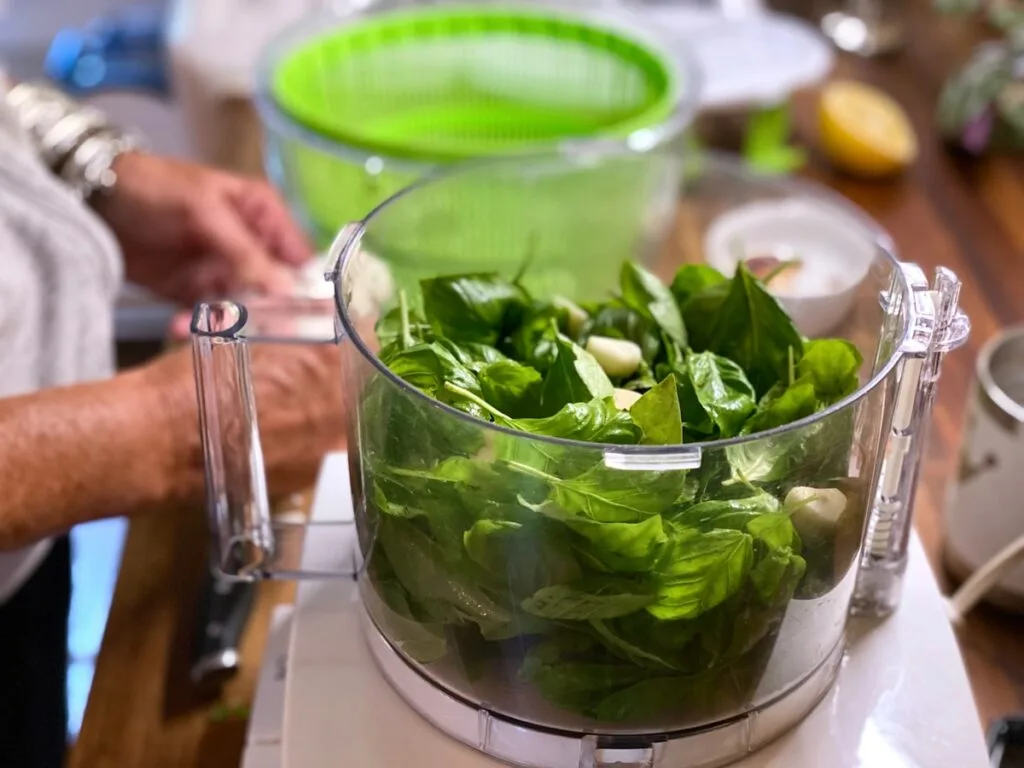
Instructions: In a food processor, combine the watercress, garlic, nuts, and Parmesan. Pulse until finely chopped, then slowly drizzle in the olive oil while blending. Season with salt and pepper, and store in an airtight container in the fridge for up to a week.
Watercress is more than just a garnish or an afterthought in salads. Its dense nutritional profile, cancer-fighting properties, and numerous health benefits make it a valuable addition to any diet. Whether you enjoy it in soups, salads, or as a pesto, incorporating watercress into your meals can offer a delicious way to boost your nutrient intake and improve overall health. As this ancient superfood continues to gain recognition, it’s the perfect time to make watercress a regular part of your diet.
Do you want to share your story and inspire our readers ? Know that YOUR EXPERTISE is paving the way for a fairer, happier society.


